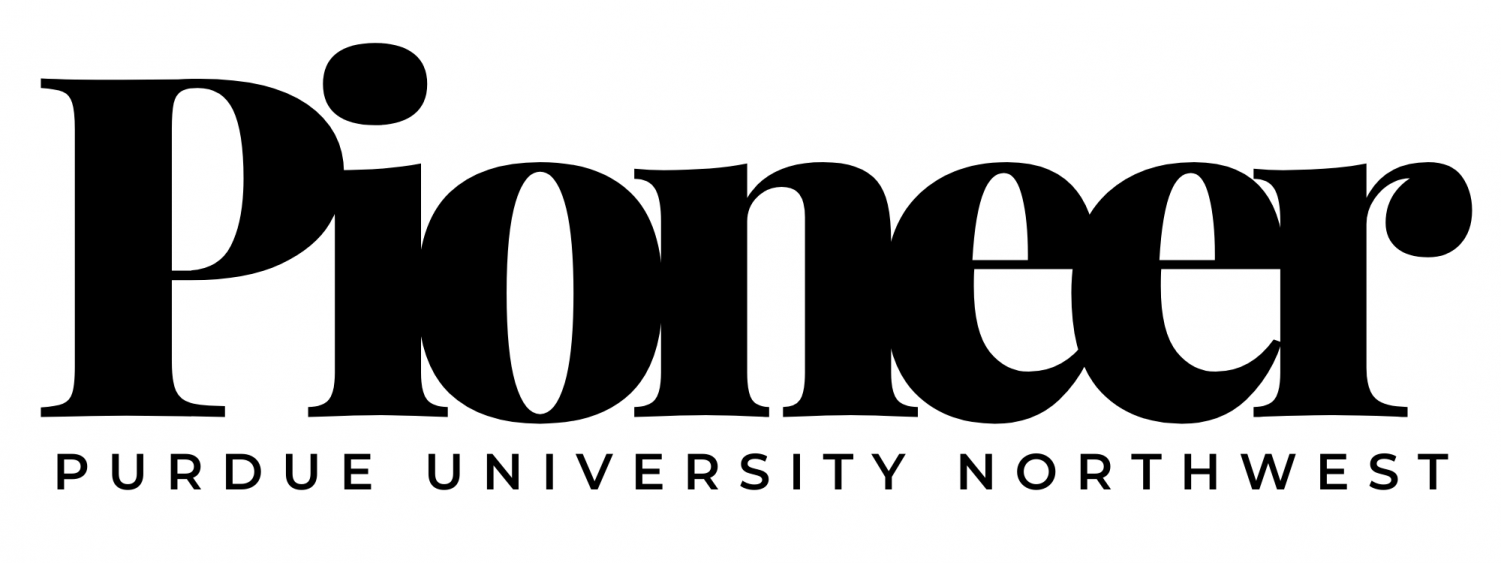PNW Marketing professor believes Super Bowl ads need to step up their game
Critics of Super Bowl ads say the spots are overpriced and overrated, but a PNW marketer says they still deliver value for companies large and small.
“People always look at the $7 million price tag [for a 30-second ad] and think why would anyone want to pay that,” said Matthew Hanson, a 20-year marketing veteran. “But you realize 113 million people just saw your ad for a $7 million price tag.”
Hanson has worked with small businesses and Fortune 500 companies, promoting all kinds of products.
He said the game’s massive audience provides a huge opportunity for companies to showcase themselves or their products to consumers. That is why the Super Bowl has stayed a huge marketing event for decades.
Hanson said the cost makes it easier for big advertisers like Pepsi, Budweiser, Miller Light, Pringles, General Motors, and other national brands to buy time during the game. But, local ad spots are available for a fraction of the price.
“I saw recently that St. Louis was selling 30-second commercials during the Super Bowl for like $50,000,” he said. “That’s drastically different from a $7 million price tag, but you’re just going to get that market.”
While Hanson believes the Super Bowl delivers an audience, he is unimpressed by the advertising execution in recent years.
“From a marketing perspective, I’m bored of them,” Hanson said. “People realize that when you’re spending millions of dollars, creativity is great, but you also have to sell products at the end of the day.”
Students who tuned into the game agreed that many of the spots fell short.
“Other than seeing Maya Rudolph with the M&M’s, which was hysterical, there weren’t that many that stuck with me,” said junior Clare Marcotte, an English major.
Grey Ruiz, a sophomore English writing major, also looks forward to the humorous spots.
“The comedic ads always make me want to pay attention more, to make sure I understand the joke,” he said.
When each commercial is stacked with A-list celebrities, people stay tuned during commercial breaks, contributing to the audience of 113 million viewers, making it the third most-watched television event.
“A three-hour sporting event that you can’t walk away from,” as Hanson describes it.

